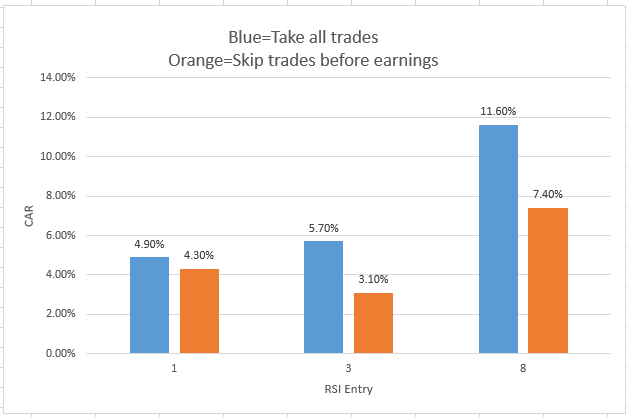I have been practicing martial arts for the last 21 years and Brazilian Jiu-Jitsu (BJJ) for the last 9 years. Over the years I have come to appreciate how BJJ helps my trading. And also, how my trading helps my BJJ. The lessons and similarities go both ways.
Due to a recent injury, more details at the end, I am out of BJJ for the next 6 weeks. I plan to write several posts about how BJJ influences my research and trading to keep thinking about BJJ. These posts will be short and interspersed between my regular posts.

One of my favorite parts about BJJ is that it forces you to focus. At the start of class, I am often still thinking about the research and trading day. I may be happy with my trading results for the day. Or thinking about a solution to research project or how to improve a client’s strategy.
But I must quickly focus on the class and my training partner. He will soon be actively be trying to break my arm or shoulder or leg or choke me. There is nothing like being “attacked” to force you to focus.
Being a smaller, older & lighter guy with most of the other students being 50% or more heavier than I, means I have little room for error. The focus comes quick and I forget about the day I had.
The benefit to this focus usually comes after class in the shower. That is when I will frequently come up with new trading ideas or solutions. The time of not thinking about the day lets ideas ruminate in the back of my brain.
As much as I love researching and trading the stock market, this time to not think about it is critical. Find your activity that forces you to stop thinking about the market. Even going for walks in nature, my best method for finding solutions, works surprisingly well.

solvitur ambulando
Injury report. I tore my left medial meniscus. To be more specific, I had a bucket-handle tear. As to how it happened. Well it was wear and tear of 21 years of martial arts, plus a previous ACL surgery plus getting old. The straw that tore the meniscus, was a 6 inch jump in the air.
I just got surgery last week to fix it. All is going well and pain free. Now comes the hard part. Taking it easy to allow it to heal.
Good quant trading,






